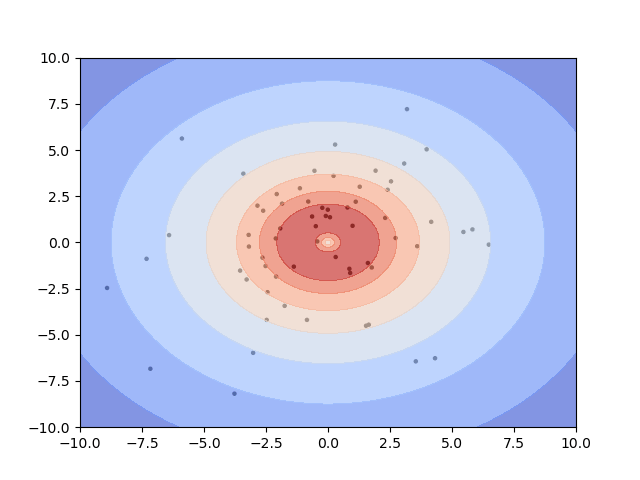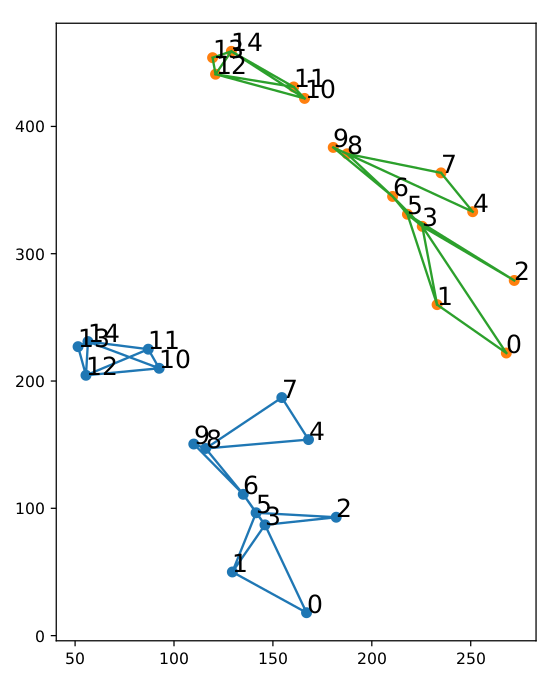State of Dark Matter Halo
There are different ways to demonstrate the structure of metallic atoms. The most straightforward way is to study them one by one - for example via measuring the scattering processes of different nuclei, which requires pumping huge amounts of energy into the nuclei. Alternatively, without the access to energy-feeding technologies, metallic atoms can be studied by considering the collection of them in the form of lattice, so that the band structures of metallic materials can be studied. This significantly lowers down the energy required to manifest their properties.
Similarly, the mysterious dark matter can be studied via their collective behaviour. When a large number of dark matter are self-bounded by gravity, achieving a state where a (pseudo)-equilibrium can be defined, the structure of this macroscopic system of dark matter would reflect the per-particle level interaction among dark matter. These macroscopic systems occupied by a huge amount of dark matter are readily available in our universe: dark matter haloes.
An obvious way to study the structures of dark matter haloes is to trace the trajectories of stars residing within the haloes. Of particular importance, the influence of the non-gravity interaction among stars (via various stellar feedback processes) need to be minimised, so as to isolate and highlight the effect of the dark matter haloes. I am now developing software to study dark matter haloes in dynamical equilibrium - that the structure of the dark matter halo is slowly varying in a periodic way.



